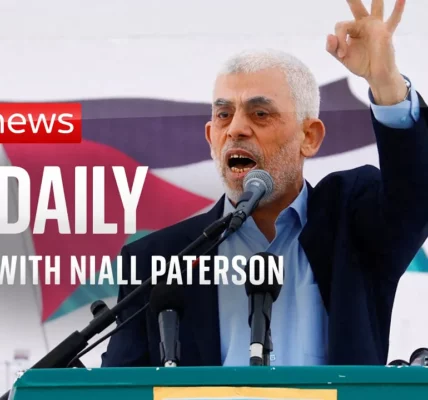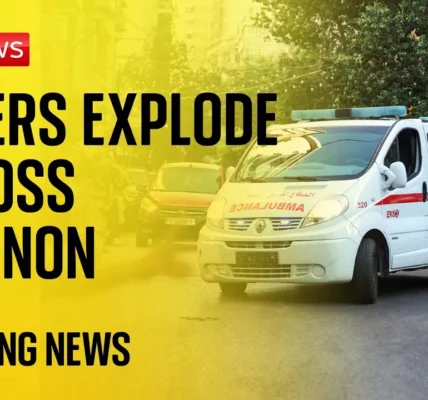Hezbollah’s Latest Situation: Insights and Investigations

This article delves into the latest updates from Hezbollah representatives regarding the ongoing conflict with Israel, focusing on investigations, casualty reports, and the broader implications for the region. With insights into the sentiments of both officials and civilians, this piece aims to provide a comprehensive understanding of the current state of affairs.
Introduction
The situation in the Middle East, particularly concerning Hezbollah and Israel, remains tense and complex. Recent developments have prompted a close examination of the ongoing investigations into the casualties resulting from the conflict. As representatives of Hezbollah share their perspectives, this article aims to illuminate the current state of affairs, shedding light on the sentiments within the organization and the broader implications for the region’s stability.
Current Investigations and Casualty Reports
Recent discussions with Hezbollah representatives have revealed insights into the ongoing investigations regarding the casualties and injuries sustained during recent confrontations. The following points illustrate the key takeaways from these discussions:
- Investigations are actively being conducted to assess the extent of casualties.
- Injured individuals and their families remain in high spirits, optimistic about recovery.
- Hezbollah has vowed that Israeli aggression will not go unpunished, indicating a commitment to respond decisively.
Casualty and Recovery Outlook
Reports indicate that the majority of those injured are expected to recover soon, reinforcing the resilience of the affected communities. The spirit among families of the injured has been notably strong, as they express hope for swift healing and a return to normalcy.
Reactions to Israeli Aggression
Hezbollah’s leadership has voiced significant concerns regarding Israeli military actions, which they perceive as escalating provocations. The following points summarize their stance:
- Hezbollah views the recent Israeli actions as a clear violation of regional stability.
- There are allegations of a massive infiltration of communication networks, raising concerns about security and intelligence.
- Hezbollah officials are currently orchestrating investigations to ascertain the full scope of Israeli actions.
The Role of Communication in Conflict
Effective communication is vital in conflict situations. Hezbollah’s representatives have acknowledged the importance of maintaining secure lines of communication and are actively investigating potential breaches that could compromise their operations.
Public Sentiment and Leadership Responses
Public sentiment in the region is fraught with tension. While some individuals express support for Hezbollah’s response, others are apprehensive about the implications of continued conflict. Key points include:
- Hezbollah’s leader, Hassan Nasrallah, is expected to address the public in an upcoming speech, which may clarify the organization’s stance and future actions.
- There is a growing concern among ordinary citizens regarding the escalation of violence, especially in light of civilian casualties.
- The perception of increased audacity in attacks has led to fears of further escalations in hostilities.
Concerns Among Civilians
Many civilians, including those who do not necessarily support Hezbollah, express anxiety about the ongoing conflict. Observations of the impact on women and children, as well as medical personnel, contribute to a growing sense of unease among the populace.
Historical Context and Ongoing Conflict
The history of conflict between Hezbollah and Israel is marked by cycles of violence and retaliation. The ongoing tit-for-tat exchanges highlight the fragility of peace in the region:
- Since the Hamas attack on October 7, Hezbollah has actively engaged in retaliatory measures, escalating tensions further.
- Approximately 90,000 Israeli citizens have fled their homes due to the conflict, indicating the severe impact of military actions on civilian life.
- On the Lebanese side, an estimated 120,000 individuals have also been displaced, reflecting the widespread consequences of the ongoing hostilities.
Conclusion
The situation between Hezbollah and Israel remains precarious, with ongoing investigations and increasing tensions. The sentiments of both Hezbollah leaders and ordinary citizens suggest a critical moment in the conflict, where the potential for escalation looms large. As we await further statements from Hezbollah’s leadership, it is crucial to remain informed about developments in the region.
For those seeking further insights into the implications of this conflict, consider exploring our related articles on Middle Eastern geopolitics and the humanitarian impact of war.
“`




